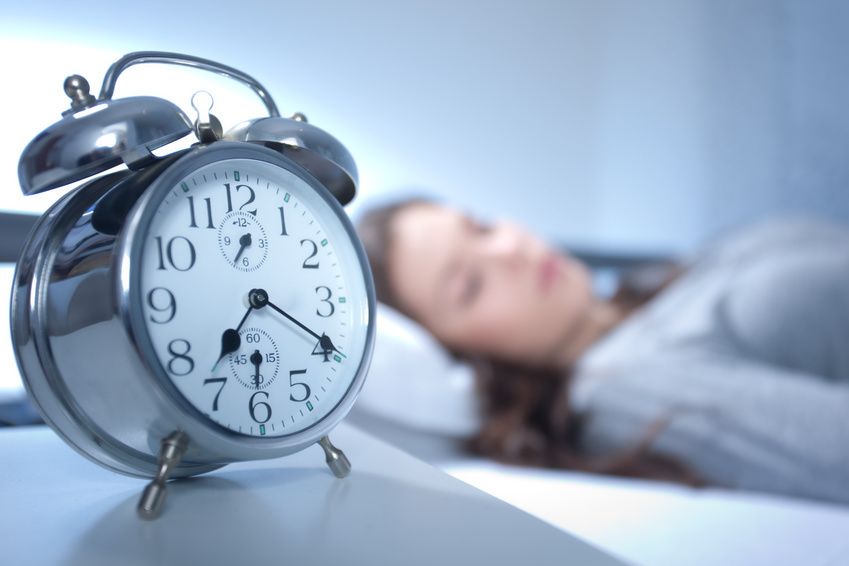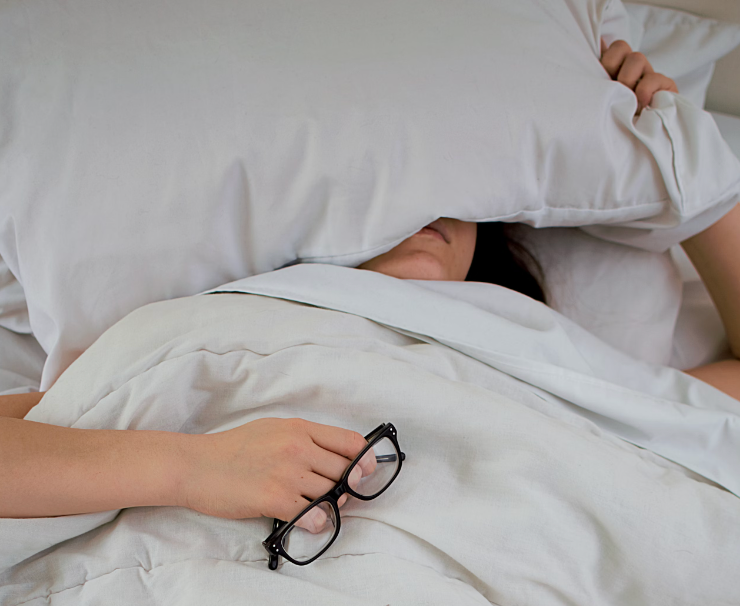Article
Investigational Insomnia Drug Yields Positive Results in Phase 3 Updates
Author(s):
The investigational agent being developed for the sleep-wake disorder demonstrated statistically significant improvements in the 6-month results.

Six-month results from a long-term phase 3 clinical study assessing the efficacy and safety of lemborexant for the treatment of insomnia yielded positive results, according to a recent presentation at the Sleep Research Society's Advances in Sleep and Circadian Science conference.
"These findings add to the growing body of clinical data supporting the development of lemborexant for the treatment of insomnia, and we look forward to presenting 12-month results from the study in a future scientific forum," Lynn Kramer, MD, chief clinical officer and chief medical officer, Neurology Business Group, Eisai, said in a recent statement. "It remains our aspiration to bring a medicine to physicians and patients that helps patients sleep well at night and wake well in the morning."
The investigational agent being developed for the sleep-wake disorder demonstrated statistically significant improvements in the 12-month multicenter, global, randomized, controlled, double-blind, parallel-group study, SUNRISE 2. In the study, insomnia disorder was characterized by difficulty falling asleep and/or staying asleep and included 949 adult patients (18 to 88 years of age).
Sixty-five years and older included the average age of 28% of the patients who were randomized and treated. Within the study’s first 6 months, patients were randomized and administered either lemborexant 5 mg, lemborexant 10 mg, or placebo.
Through electronic sleep diaries, patient self-reports were used to assess primary and key secondary efficacy objectives.
Statistically significant improvements resulted with lemborexant therapy at either 5 mg or 10 mg at the end of the six-month, placebo-controlled treatment period compared to placebo in patient-reported (subjective) sleep onset latency (sSOL), subjective sleep efficiency (sSE), and subjective wake after sleep onset (sWASO).
At the end of month 6 (p<.0001 for all treatment groups), statistical significance was demonstrated with median reductions from baseline in sSOL with lemborexant 5 mg (-21.81 minutes) and 10 mg (-28.21 minutes) compared to placebo (-11.43 minutes).
Compared to placebo (9.64%) at the end of month 6, improvements from baseline were larger and statistically significant in sSE with lemborexant 5 mg (14.19%, p=.0001) and 10 mg (14.31%, p<.0001), as measured by Least Squares Mean (LSM). Compared with placebo (-29.28 minutes) at the end of month 6, larger and statistical significance were observed in Reductions from baseline in sWASO with lemborexant 5 mg (-46.75 minutes, p=.0005) and 10 mg (-41.95 minutes, p=.0105), as measured by LSM.
The majority of reported adverse events were mild to moderate. Reported serious adverse events occurred at a rate of 2.2% (lemborexant 5 mg), and 2.9% (lemborexant 10 mg), and 1.6% (placebo); only was thought to be treatment related.
Somnolence, headache, and influenza included the most commonly reported adverse events greater than 5% in either lemborexant treatment arm and greater than placebo.
Between placebo and lemborexant 5 mg, discontinuation rates due to adverse events were comparable.
"The six-month findings from SUNRISE 2 are exciting, highlighting improvements in subjective measures of both sleep onset and sleep maintenance," John Renger, PhD, head of research & development and regulatory affairs, Purdue Pharma, added. "SUNRISE 2 was a robust phase 3 clinical study in which the self-reported patient outcomes are encouraging as they reflect the patients' perception of lemborexant's impact on enabling the patient to both fall asleep faster and stay asleep longer."
On December 27, 2018, Eisai and Purdue Pharma filed for a new drug application (NDA) with the US Food and Drug Administration (FDA).





